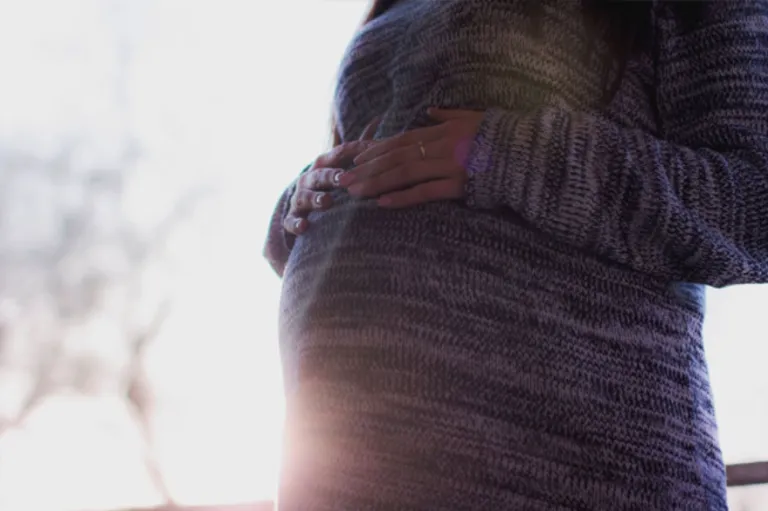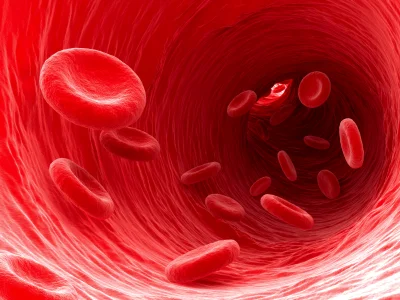Depending on its location, a hematoma in pregnancy can pose a potential risk to the course of the pregnancy. For this reason, it is important to make a timely diagnosis and take measures to protect both the well-being of the fetus and the health of the expectant mother. What is a hematoma in pregnancy and how is it treated?
Hematomas in pregnancy – what is it?
A hematoma is nothing more than extravasated blood in the tissues. It occurs when the vessels are damaged and the blood spreads unhindered to the surrounding areas. In the course of pregnancy, we usually deal with two types of hematoma:
Subcervical hematoma
It is located between the uterine wall and the chorion and causes the chorionic tissue to detach, affecting the exchange of gas and nutrients between mother and child.
Extracervical hematoma
This happens when the placenta detaches prematurely. Due to the very large amount of blood flowing through the uterus, its occurrence can cause internal bleeding and in a short time cause a shock that threatens the life of the mother.
Hematoma in pregnancy – what are the symptoms?
Eines der Hauptsymptome, die ein Hämatom in der Schwangerschaft begleiten, sind Blutungen aus dem Genitaltrakt. Sie kann ein unterschiedliches klinisches Bild aufweisen, das von mässig starken Schmierblutungen mit sichtbaren Gerinnseln bis hin zu starken Blutungen (Hämorrhagie) reicht. Es ist erwähnenswert, dass die Hauptblutung, insbesondere im Falle eines extramammären Hämatoms und einer vorzeitigen Ablösung der Plazenta, innerhalb der Bauchhöhle stattfindet und nur ein kleiner Teil davon nach aussen dringt und mit blossem Auge sichtbar ist. Aus diesem Grund ist es sehr wichtig, in solchen Situationen schnell zu reagieren. Ein Hämatom in der Schwangerschaft kann auch mit Unterleibsschmerzen verbunden sein. Manchmal sind Hämatome, insbesondere subklaviale Hämatome, jedoch asymptomatisch und beeinträchtigen das Wohlbefinden des Fötus nicht.
Hematoma in pregnancy – how to treat it?
To diagnose a hematoma in pregnancy, an ultrasound examination of the abdominal cavity is usually performed. This allows the gynecologist to visualize the hematoma and decide on the next therapeutic steps based on the patient’s condition and assessment of fetal well-being. For a subclavian hematoma in early pregnancy, until recently, physicians recommended strict bed rest, among other procedures. However, this approach is currently abandoned because of the risk of thrombotic and embolic complications. Sometimes pharmacotherapy in the form of blood-thinning acetylsalicylic acid and progesterone is required to prevent excessive uterine contractions. Rest and avoidance of heavy lifting is also recommended.
In the event of premature detachment of the placenta and consequent formation of an extramedullary hematoma, hospitalization and monitoring of fetal well-being are essential, as is fluid therapy to restore the fluid lost due to hemorrhage.











